Redis explains master-slave replication and sentry mode

Recommendation (free): redis
##Article Directory
- Master-slave replication
- Command
- Configuration
Copy principle- Full copy
- Incremental copy
- Test
Nested master-slave- Sentinel mode
- Configuration Sentinel
- Test
Master-slave replication
refers to copying the data of one Redis server to other Redis servers. The former is called the master node Master, and the latter is called the slave node Slave. It can only be copied one-way from the Master to Slave, generally Master mainly performs writing operations, and Slave mainly performs reading operations, achieving separation of reading and writing.
Function
Data redundancy: Master-slave replication realizes hot backup of data, which is a kind of data redundancy besides persistence. Way.Command
- Failure recovery: When a problem occurs on the master node, the slave node can provide services to achieve rapid failure recovery; it is actually a kind of service redundancy.
- Load balancing: Based on master-slave replication, combined with read-write separation, the master node can provide write services and the slave nodes can provide read services (that is, when writing Redis data, the application connects to the master node and reads Redis data When the application connects to the slave node), the server load is shared; especially in scenarios where there is less writing and more reading, sharing the read load through multiple slave nodes can greatly increase the concurrency of the Redis server.
- Cornerstone of high availability: In addition to the above functions, master-slave replication is also the basis for the implementation of sentinels and clusters. Therefore, master-slave replication is the basis of Redis high availability.
| Transform the current server into a slave server of the specified server. If it is already a slave, it stops synchronizing the old master server, discards the old data set, and starts synchronizing the new master server. SLAVEOF NO ONE | will cause the slave server to turn off the replication function and transition from the slave server back to the master server. The original synchronized data set will not be discarded.|
| section]The INFO command returns information about the Redis server in a format that is easy to understand and read. various information and statistical values. By giving the optional parameter section | , you can make the command return only a certain part of the information:
The above is the detailed content of Redis explains master-slave replication and sentry mode. For more information, please follow other related articles on the PHP Chinese website!

Hot AI Tools

Undresser.AI Undress
AI-powered app for creating realistic nude photos

AI Clothes Remover
Online AI tool for removing clothes from photos.

Undress AI Tool
Undress images for free

Clothoff.io
AI clothes remover

Video Face Swap
Swap faces in any video effortlessly with our completely free AI face swap tool!

Hot Article

Hot Tools

Notepad++7.3.1
Easy-to-use and free code editor

SublimeText3 Chinese version
Chinese version, very easy to use

Zend Studio 13.0.1
Powerful PHP integrated development environment

Dreamweaver CS6
Visual web development tools

SublimeText3 Mac version
God-level code editing software (SublimeText3)

Hot Topics
 How to build the redis cluster mode
Apr 10, 2025 pm 10:15 PM
How to build the redis cluster mode
Apr 10, 2025 pm 10:15 PM
Redis cluster mode deploys Redis instances to multiple servers through sharding, improving scalability and availability. The construction steps are as follows: Create odd Redis instances with different ports; Create 3 sentinel instances, monitor Redis instances and failover; configure sentinel configuration files, add monitoring Redis instance information and failover settings; configure Redis instance configuration files, enable cluster mode and specify the cluster information file path; create nodes.conf file, containing information of each Redis instance; start the cluster, execute the create command to create a cluster and specify the number of replicas; log in to the cluster to execute the CLUSTER INFO command to verify the cluster status; make
 How to clear redis data
Apr 10, 2025 pm 10:06 PM
How to clear redis data
Apr 10, 2025 pm 10:06 PM
How to clear Redis data: Use the FLUSHALL command to clear all key values. Use the FLUSHDB command to clear the key value of the currently selected database. Use SELECT to switch databases, and then use FLUSHDB to clear multiple databases. Use the DEL command to delete a specific key. Use the redis-cli tool to clear the data.
 How to read redis queue
Apr 10, 2025 pm 10:12 PM
How to read redis queue
Apr 10, 2025 pm 10:12 PM
To read a queue from Redis, you need to get the queue name, read the elements using the LPOP command, and process the empty queue. The specific steps are as follows: Get the queue name: name it with the prefix of "queue:" such as "queue:my-queue". Use the LPOP command: Eject the element from the head of the queue and return its value, such as LPOP queue:my-queue. Processing empty queues: If the queue is empty, LPOP returns nil, and you can check whether the queue exists before reading the element.
 How to use the redis command
Apr 10, 2025 pm 08:45 PM
How to use the redis command
Apr 10, 2025 pm 08:45 PM
Using the Redis directive requires the following steps: Open the Redis client. Enter the command (verb key value). Provides the required parameters (varies from instruction to instruction). Press Enter to execute the command. Redis returns a response indicating the result of the operation (usually OK or -ERR).
 How to use redis lock
Apr 10, 2025 pm 08:39 PM
How to use redis lock
Apr 10, 2025 pm 08:39 PM
Using Redis to lock operations requires obtaining the lock through the SETNX command, and then using the EXPIRE command to set the expiration time. The specific steps are: (1) Use the SETNX command to try to set a key-value pair; (2) Use the EXPIRE command to set the expiration time for the lock; (3) Use the DEL command to delete the lock when the lock is no longer needed.
 How to configure Lua script execution time in centos redis
Apr 14, 2025 pm 02:12 PM
How to configure Lua script execution time in centos redis
Apr 14, 2025 pm 02:12 PM
On CentOS systems, you can limit the execution time of Lua scripts by modifying Redis configuration files or using Redis commands to prevent malicious scripts from consuming too much resources. Method 1: Modify the Redis configuration file and locate the Redis configuration file: The Redis configuration file is usually located in /etc/redis/redis.conf. Edit configuration file: Open the configuration file using a text editor (such as vi or nano): sudovi/etc/redis/redis.conf Set the Lua script execution time limit: Add or modify the following lines in the configuration file to set the maximum execution time of the Lua script (unit: milliseconds)
 How to use the redis command line
Apr 10, 2025 pm 10:18 PM
How to use the redis command line
Apr 10, 2025 pm 10:18 PM
Use the Redis command line tool (redis-cli) to manage and operate Redis through the following steps: Connect to the server, specify the address and port. Send commands to the server using the command name and parameters. Use the HELP command to view help information for a specific command. Use the QUIT command to exit the command line tool.
 How to optimize the performance of debian readdir
Apr 13, 2025 am 08:48 AM
How to optimize the performance of debian readdir
Apr 13, 2025 am 08:48 AM
In Debian systems, readdir system calls are used to read directory contents. If its performance is not good, try the following optimization strategy: Simplify the number of directory files: Split large directories into multiple small directories as much as possible, reducing the number of items processed per readdir call. Enable directory content caching: build a cache mechanism, update the cache regularly or when directory content changes, and reduce frequent calls to readdir. Memory caches (such as Memcached or Redis) or local caches (such as files or databases) can be considered. Adopt efficient data structure: If you implement directory traversal by yourself, select more efficient data structures (such as hash tables instead of linear search) to store and access directory information




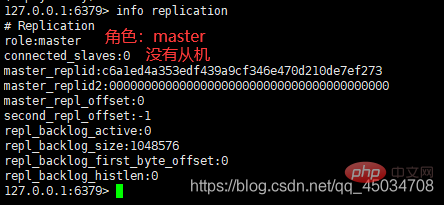


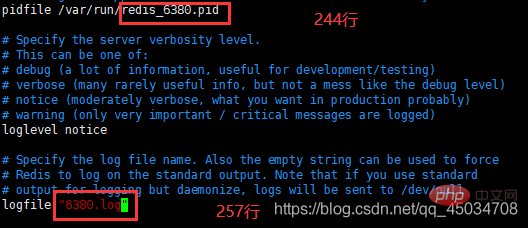

 ## Then start them (79, 80, 81)
## Then start them (79, 80, 81) 

 Set master and slave:
Set master and slave: 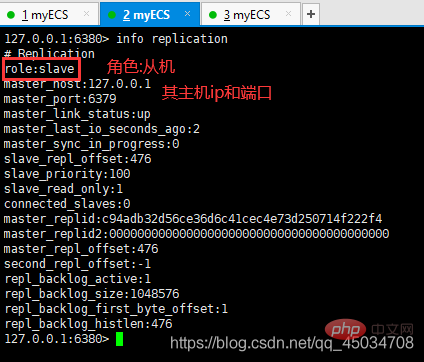 ##81 If there is no configuration, you can manually set the command line
##81 If there is no configuration, you can manually set the command line 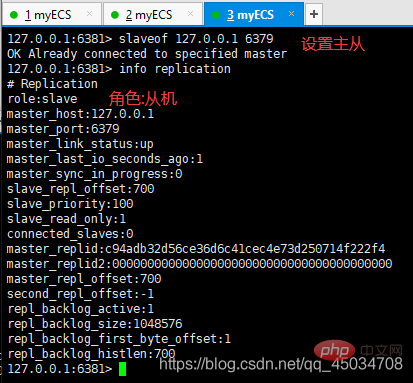



 Host downtime:
Host downtime: 

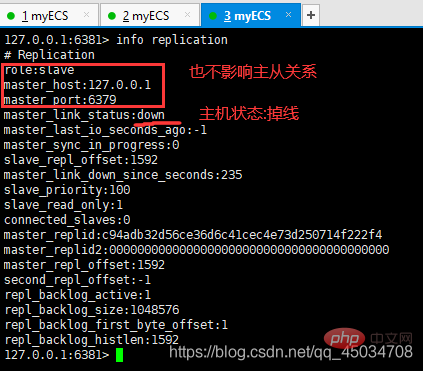
 # 3 .Slave machine downtime:
# 3 .Slave machine downtime: 



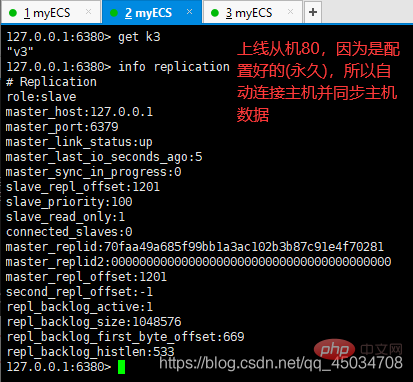
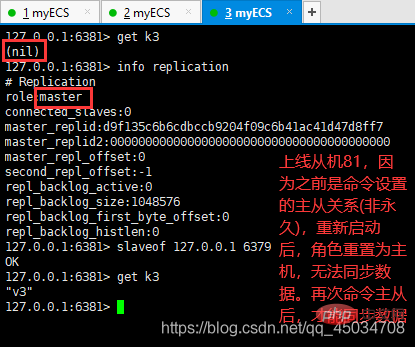 #embedded Set master and slave
#embedded Set master and slave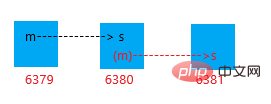


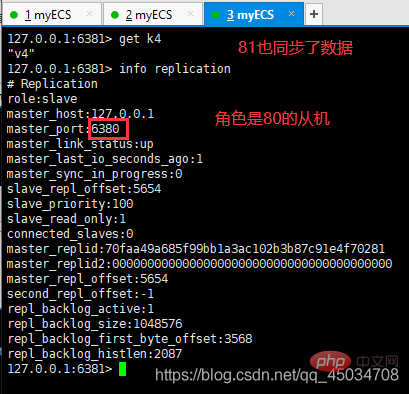



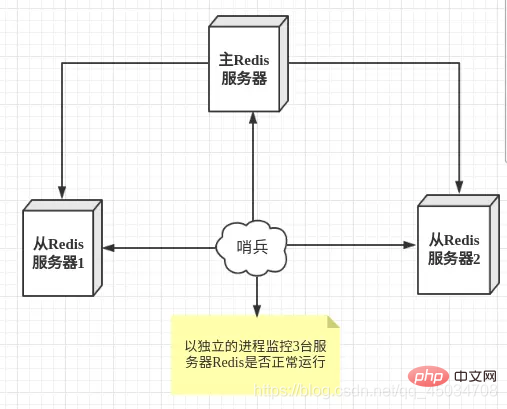 What if Sentinel goes down? Multiple sentinels can be used to monitor each other.
What if Sentinel goes down? Multiple sentinels can be used to monitor each other. 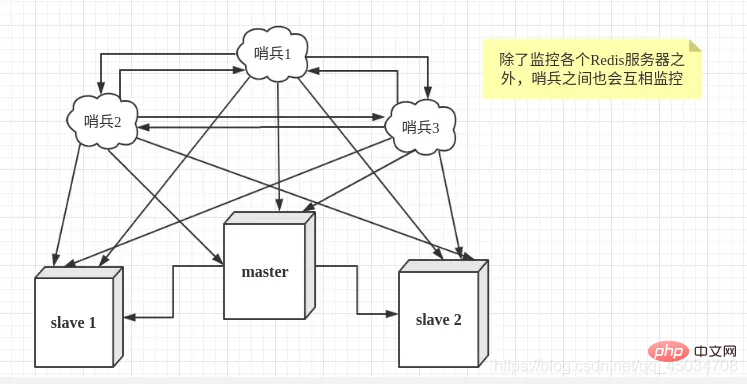
 Create a new sentinel.conf to monitor 6379, The rest can be defaulted:
Create a new sentinel.conf to monitor 6379, The rest can be defaulted:  Start Sentinel:
Start Sentinel: 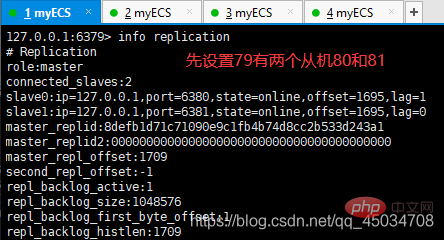


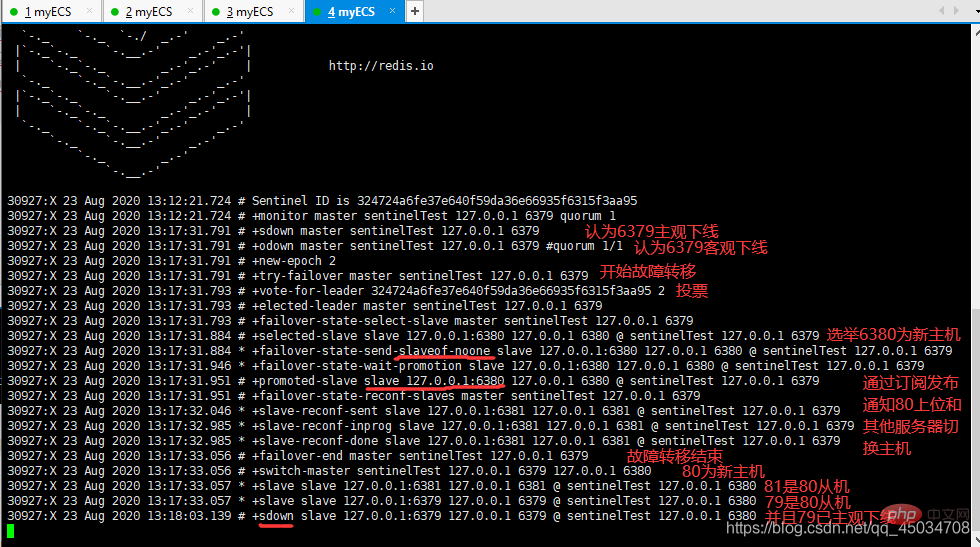
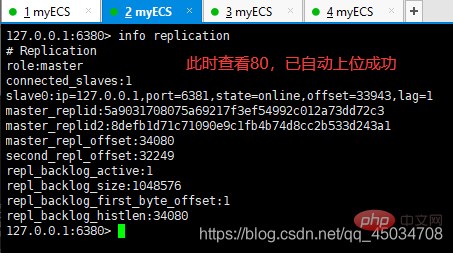



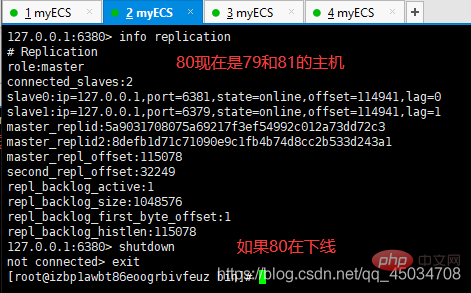 # Multi-sentinel mode, Configure configuration files for different ports to open multiple Sentinel clients, and then follow the same pattern (
# Multi-sentinel mode, Configure configuration files for different ports to open multiple Sentinel clients, and then follow the same pattern (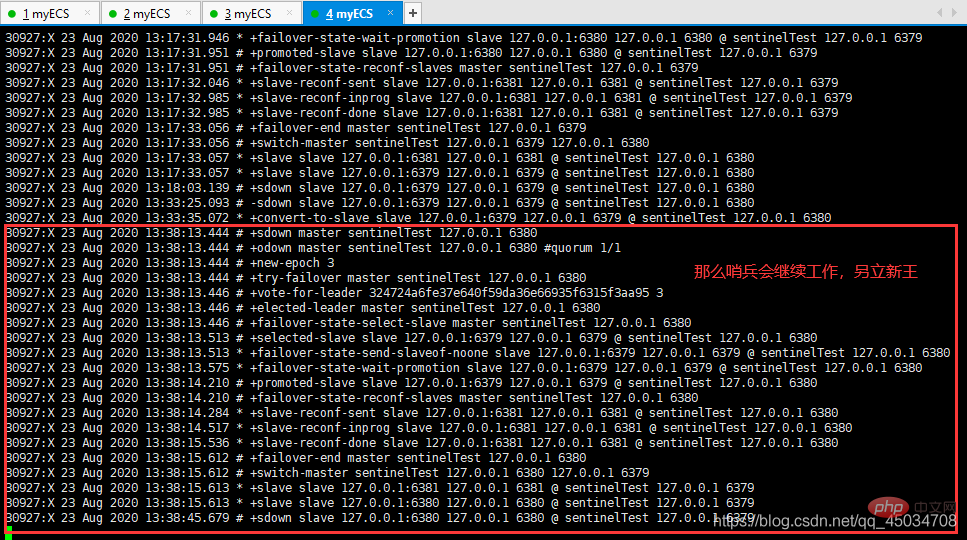 )
)

